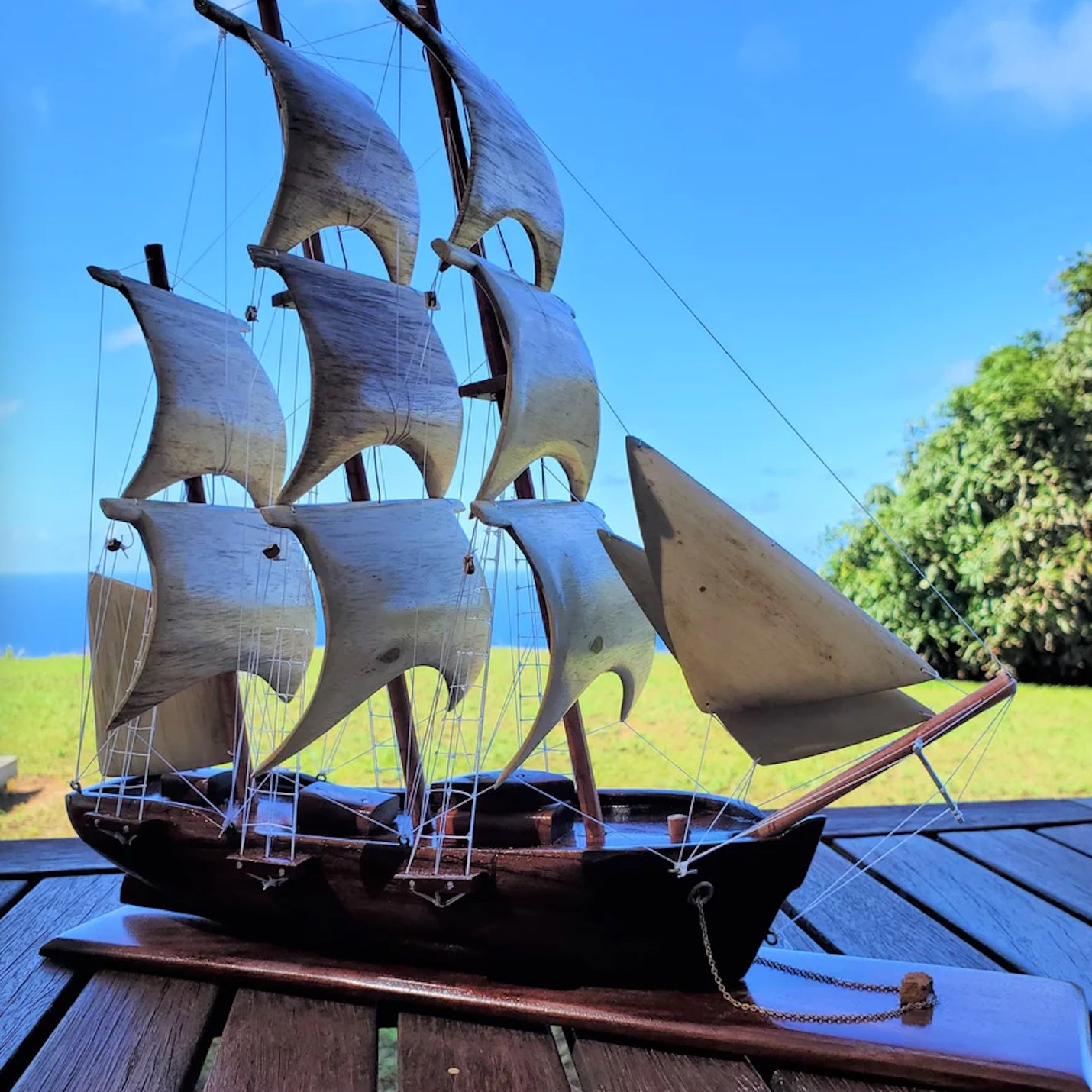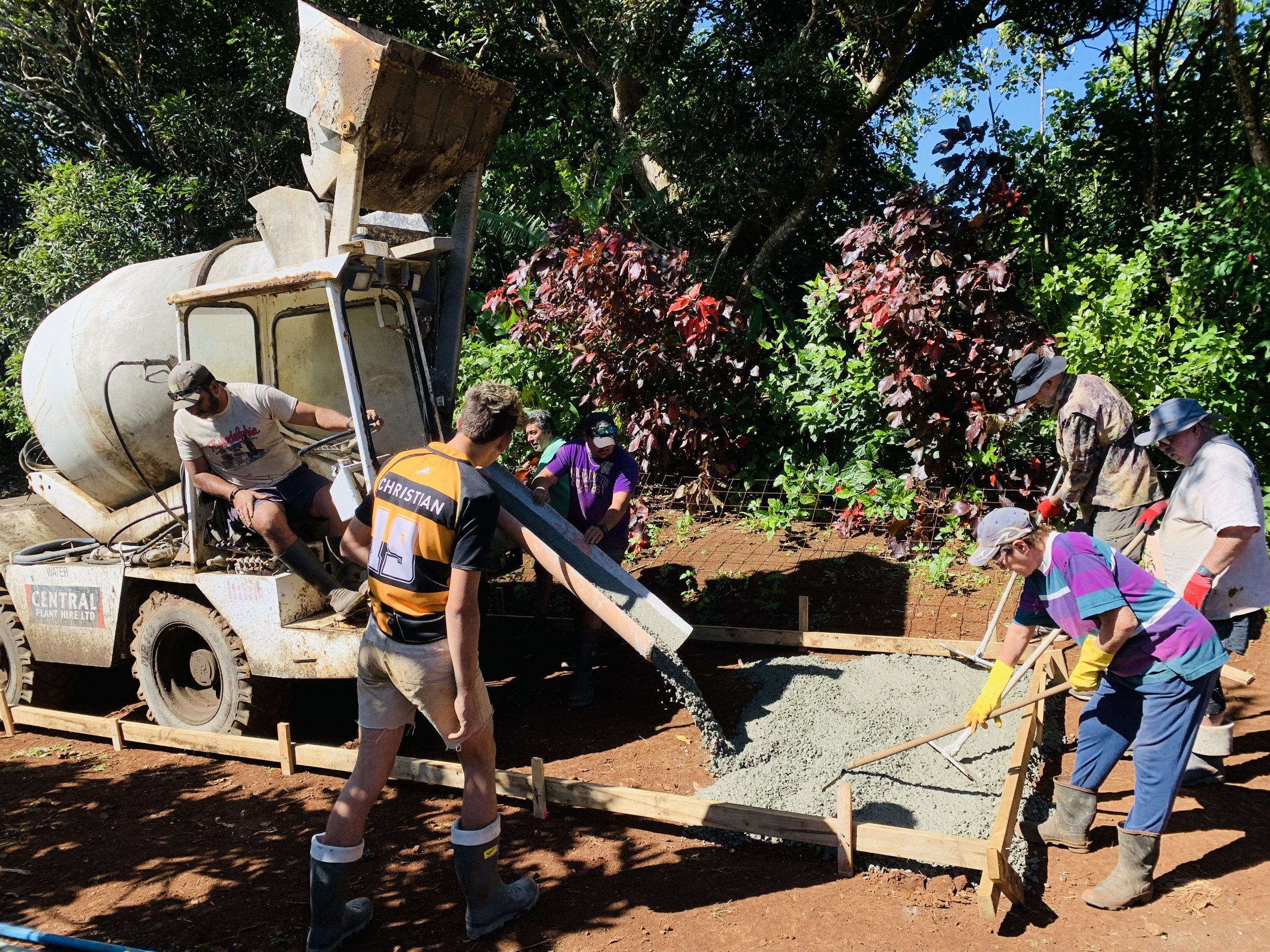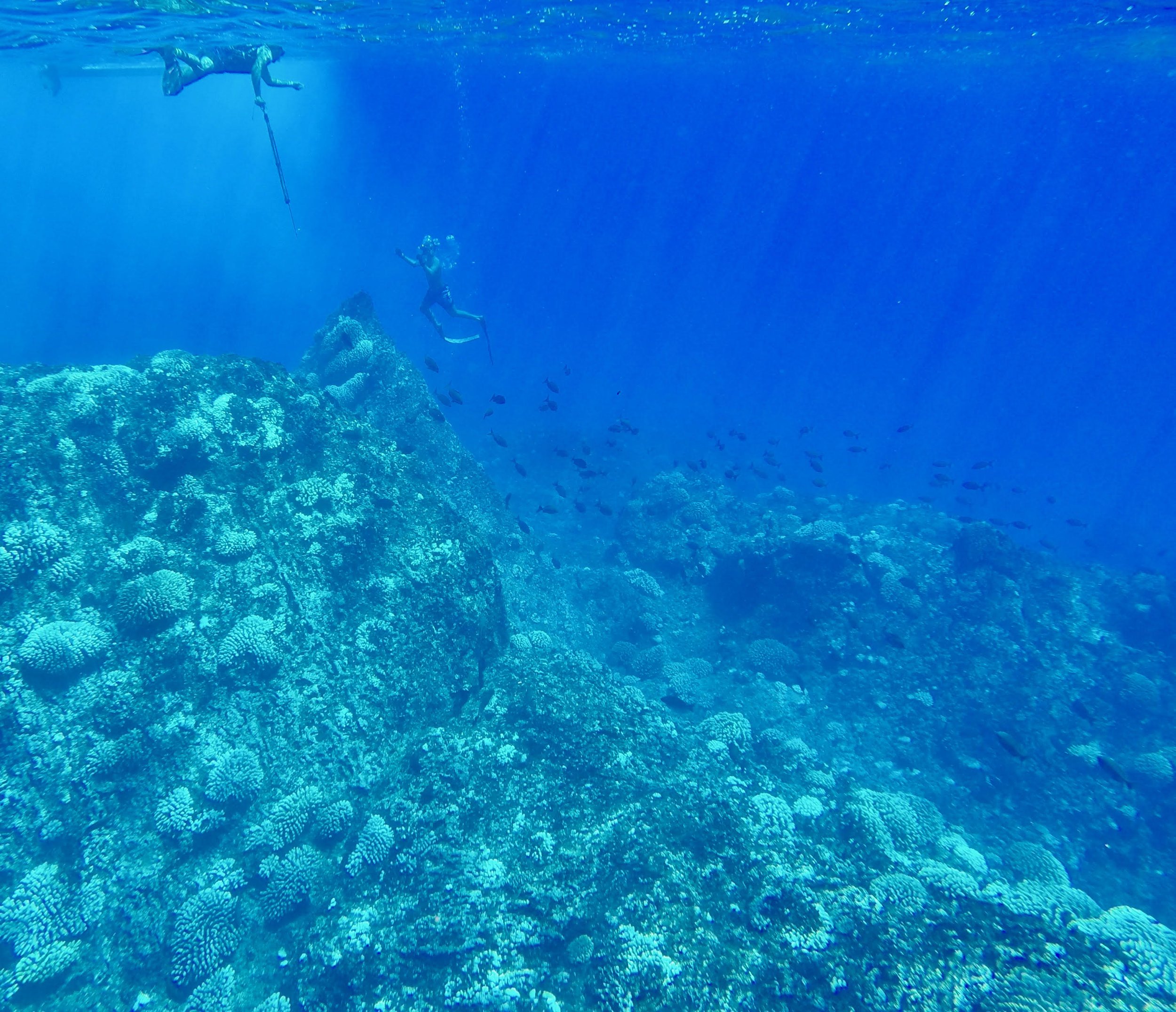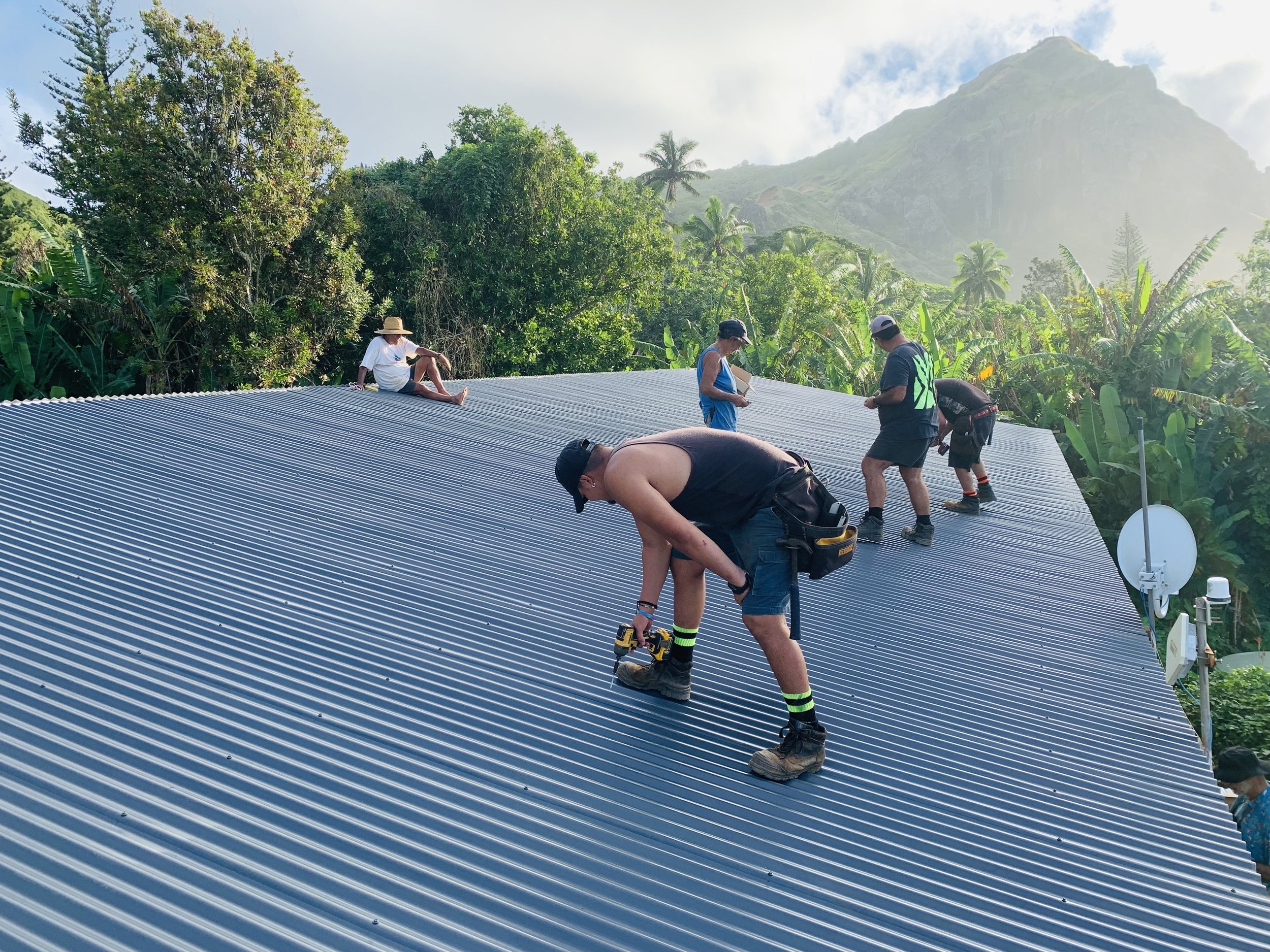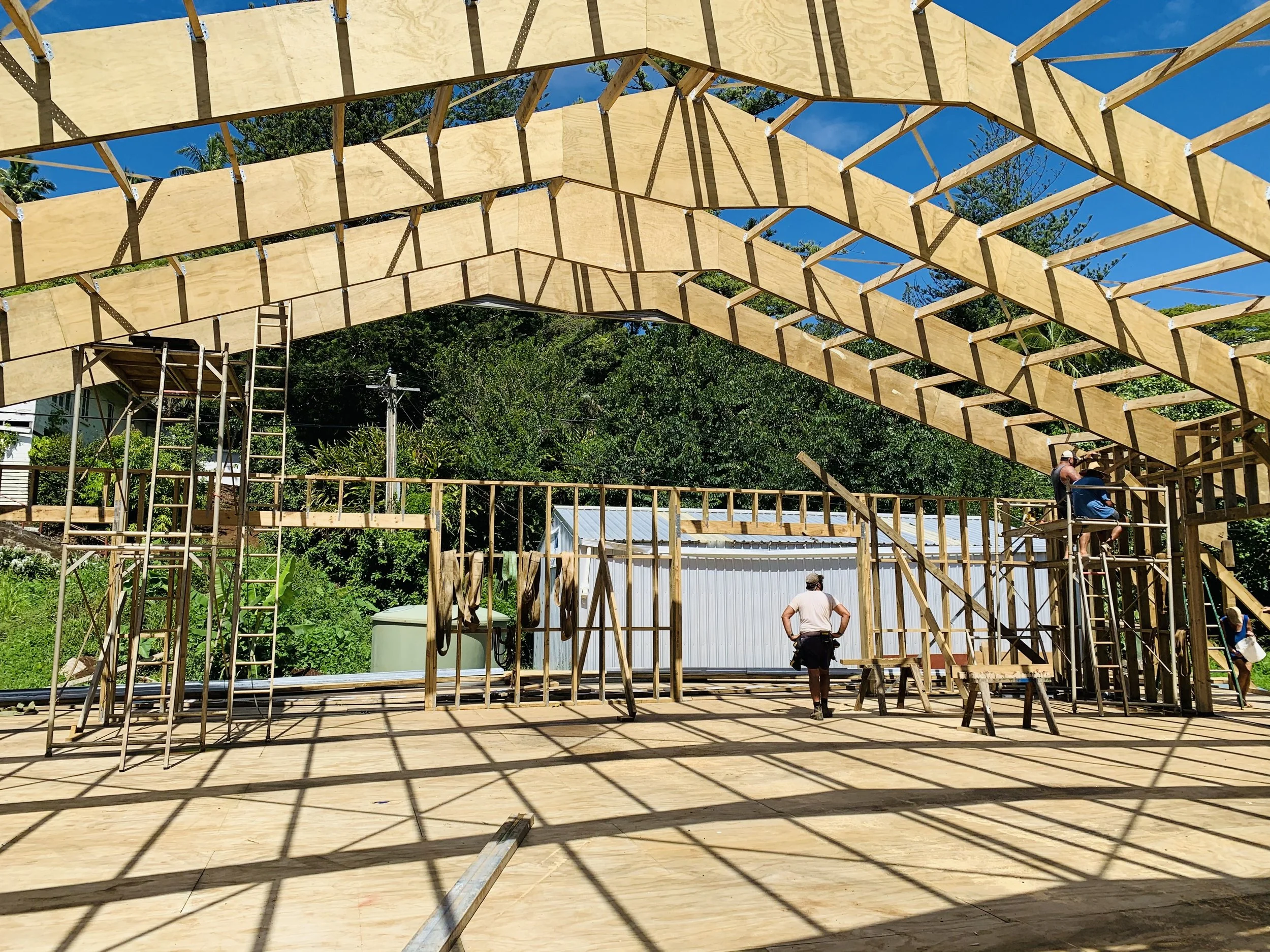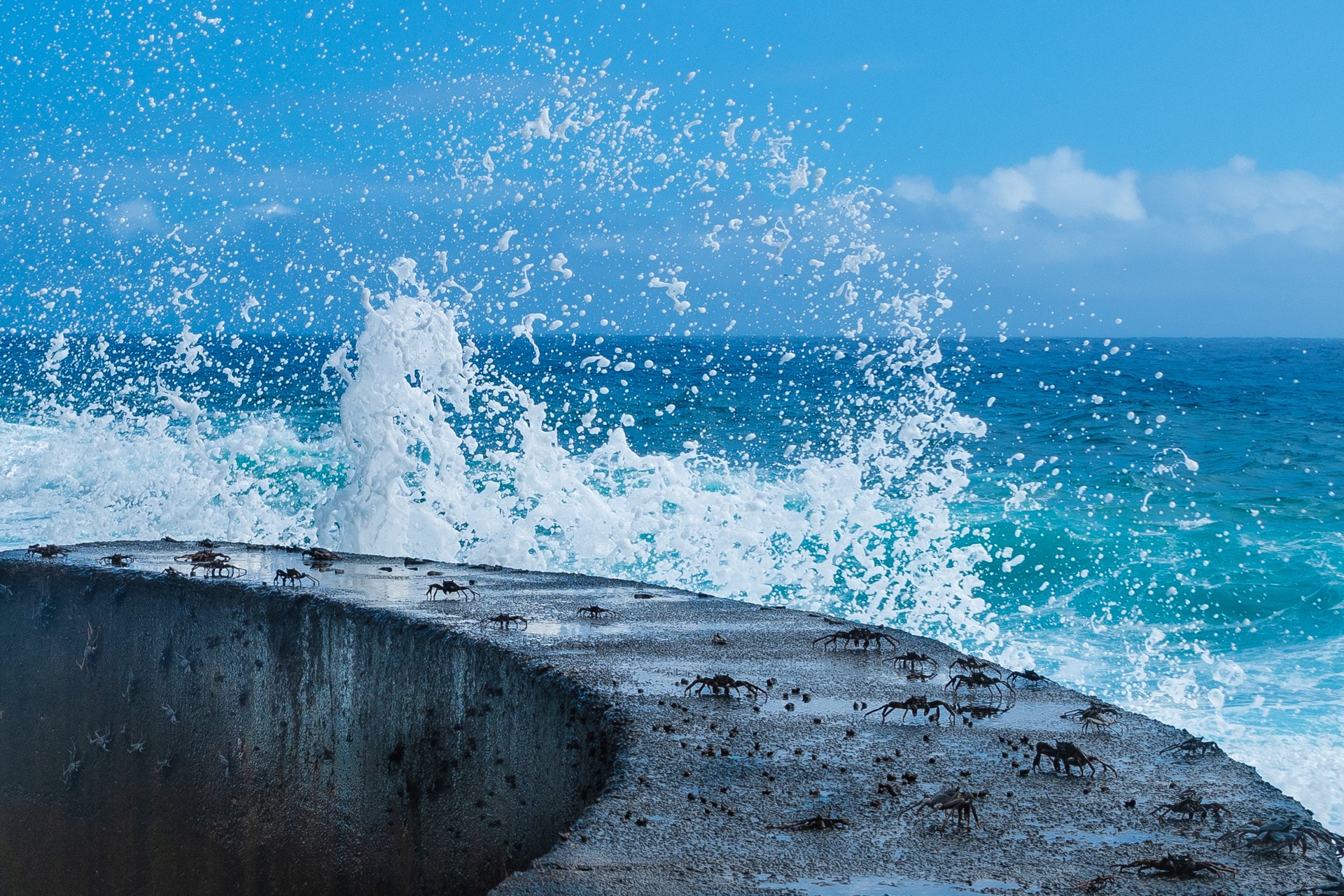
Pitcairn’s Economy
The economy of the Pitcairn Island is best described as a nano-economy.
This is not difficult to understand, given the tiny size of the population and the even smaller working population, the limited areas for economic exploitation, and the difficulties presented by infrequent access to this tiny island in the middle of the South Pacific.
Over the years, Pitcairn accumulated substantial reserves from philatelic and coin sales, and later the sale of .pn domain names. However, faced with declining revenue from these activities, the Government of Pitcairn Island responded by seeking alternative sources of income through private enterprise as well as securing support from the UK government. Since 2004, Pitcairn has relied substantially on budgetary aid from the UK, and in parallel seeking to develop alternative sources of private sector revenue.
Most people of working age are employed by the Government of Pitcairn Island, via the Pitcairn Public Service. The current hourly rate of payment for government jobs and project work is NZ $10.00 per hour. Most employees hold two or more positions to cover basic living costs.
The major private revenue generator for Pitcairn is undoubtedly tourism, followed by the sale of Pitcairn’s unique, prize-winning and disease-free honey. Other income streams come from the sale of home-made artisan products and Pitcairn merchandise to the tourist industry, food and beverage services and the sale of fish, fruit and other fresh produce to visiting vessels.
Travel & Tourism
Pitcairn Island features on the “bucket list” of many people – whether attracted by history, culture or environment, or simply the wish to go somewhere completely off the beaten track. Pitcairn will never disappoint. Its rugged beauty, unique Bounty and Polynesian heritage, outstanding fauna, flora and sea-life, welcoming people, and fascinating history all make a visit to Pitcairn an unforgettable experience.
Honey & Artisan Crafts
There are many cottage industries on Pitcairn that export goods internationally. Products range from hand-crafted jewellery, wooden and bone carvings, handmade soaps and cosmetics, coffee, dried fruit, traditional Polynesian Tapa cloth, Pitcairn-branded clothing, stamps and first day covers, postcards, books, and of course, Pitcairn’s award winning pure tropical honey.
Government & EDF Support
The population of Pitcairn relies on two main sources of government employment: work for the various departments of the Pitcairn Public Service and residual projects funded by the European Union under its European Development Fund (EDF) streams. There is no unemployment on Pitcairn. Everyone who wishes to work can do so via the Pitcairn Public Service or EDF-funded projects.
More About Pitcairn’s Economy
Tourism
Pitcairn Island features on the “bucket list” of many people – whether attracted by history, culture or environment, or simply the wish to go somewhere completely off the beaten track. Pitcairn will never disappoint. Its rugged beauty, unique Bounty and Polynesian heritage, outstanding fauna, flora and sea-life, welcoming people, and fascinating history all make a visit to Pitcairn an unforgettable experience. Pitcairn’s seldom visited and uninhabited outer islands – Henderson, Ducie and Oeno – offer sailors and charter passengers the chance to view nature unspoilt. The four islands offer some of the best dark skies in the world.
Tourism provides Pitcairn with real opportunities for greater economic sustainability, for both the government and private sectors. Pitcairn’s local population is increasingly avails itself to the opportunities provided by tourism, whether through provision of “homestay” accommodation or the sale of beautiful locally-made carvings, jewellery and souvenirs, Pitcairn merchandise such as t shirts and caps, stamps, coins and postcards, and honey products. Gross sales to tourists are worth an estimated US$6,000 to US$10,000 per family, per annum. Home stay services also bring in regular income to the many households.
Pitcairn was officially designated an International Dark Sky Sanctuary on March 18th 2019. Pitcairn was the first British Overseas Territory to have been granted IDSS status and is also currently one of only 2 entire territories in the world to be listed as an IDSS.
The Pitcairn Islands group is the only island group in the world to have been granted Dark Sky Sanctuary status.
As tourism infrastructure improves and tourist numbers increase, revenue to the government will continue to increase leading to less dependence on UK budgetary aid.
Pitcairn’s Marine Protected Area and its Marine Research Base
Pitcairn is committed to protecting its marine eco-systems. This is important on a global level which is why a Marine Research Base has been established on Pitcairn itself.
The Pitcairn Islands MPA, established in 2016, will increasingly offer visitors the chance to witness and explore an incredible array of marine life in a pristine environment. This will also provide increasing opportunities for the community to benefit economically from sharing our stories, supporting marine research and showcasing our commitment to marine conservation.
Government & EDF Sources of Income
The population of Pitcairn relies on two main sources of government employment: work for the various departments of the Pitcairn Public Service and residual projects funded by the European Union under its European Development Fund (EDF) streams. There is no unemployment on Pitcairn. Everyone who wishes to work can do so via the Pitcairn Public Service or EDF-funded projects.
In addition, pensions are paid to all adults over the age of 65, on either a working or non-working pensioner basis. Child benefit is paid to parents for each of their children. A sickness/injury/disability benefit was introduced in 2018 to ensure an adequate income for all Pitcairn residents.
Residual funding from the European Union continues to provide the means to carry out a number of important infrastructure improvements on Pitcairn. EDF 9 funds were used for the construction of an alternative harbour at Tedside, on the western side of the island, which was completed in 2017.
EDF 10 funds were used to build a new General Store at the Pamai Centre. Work to improve the island’s road system continues.
EDF 11 funding is designated to further support the tourism sector, building on the improvements made possible under EDF 9 and EDF 10, with the aim of creating a robust and sustainable tourism industry which capitalises fully on Pitcairn’s rich history, flora, fauna and marine life.
Exports
There are many cottage industries on Pitcairn that export goods internationally. Products range from hand-crafted jewellery, wooden and bone carvings, handmade soaps and cosmetics, coffee, dried fruit, traditional Polynesian Tapa cloth, Pitcairn-branded clothing, stamps and first day covers, postcards, books, and of course, Pitcairn’s award winning pure tropical honey. A recent addition to the range of exports is Pitcairn coffee. This industry is in its infancy, but Pitcairn’s climate and topography make it an ideal location for growing high-quality beans for the demanding global market.
Pitcairn Honey & Honey Products
Pitcairn’s honey is justifiably famed among connoisseurs – not only for its purity and unique flavour, but also because Pitcairn Island is one of only a handful of honey-producing areas in the world which is completely free of apian disease. The Pitcairn Producers’ Cooperative, PIPCO, represents Pitcairn’s honey producers, while individual families also market their honey under their own labels. The rich and intense fruitiness of Pitcairn Island Honey flows from the nectar of the mango, lata, passion fruit, guava and roseapple flowers found in abundance on Pitcairn. There is no honey in the world to compare with Pitcairn’s. Bee-keepers are also active in producing other honey-related products, such as soap, cosmetic creams and propolis.
A scientific study has found Pitcairn’s propolis to contain a number of antibiotic and anti-carcinogenic properties – further work will be needed to ascertain the exact benefits, but it is possible that this new research will be the key to the development of further economic opportunities for Pitcairn.


